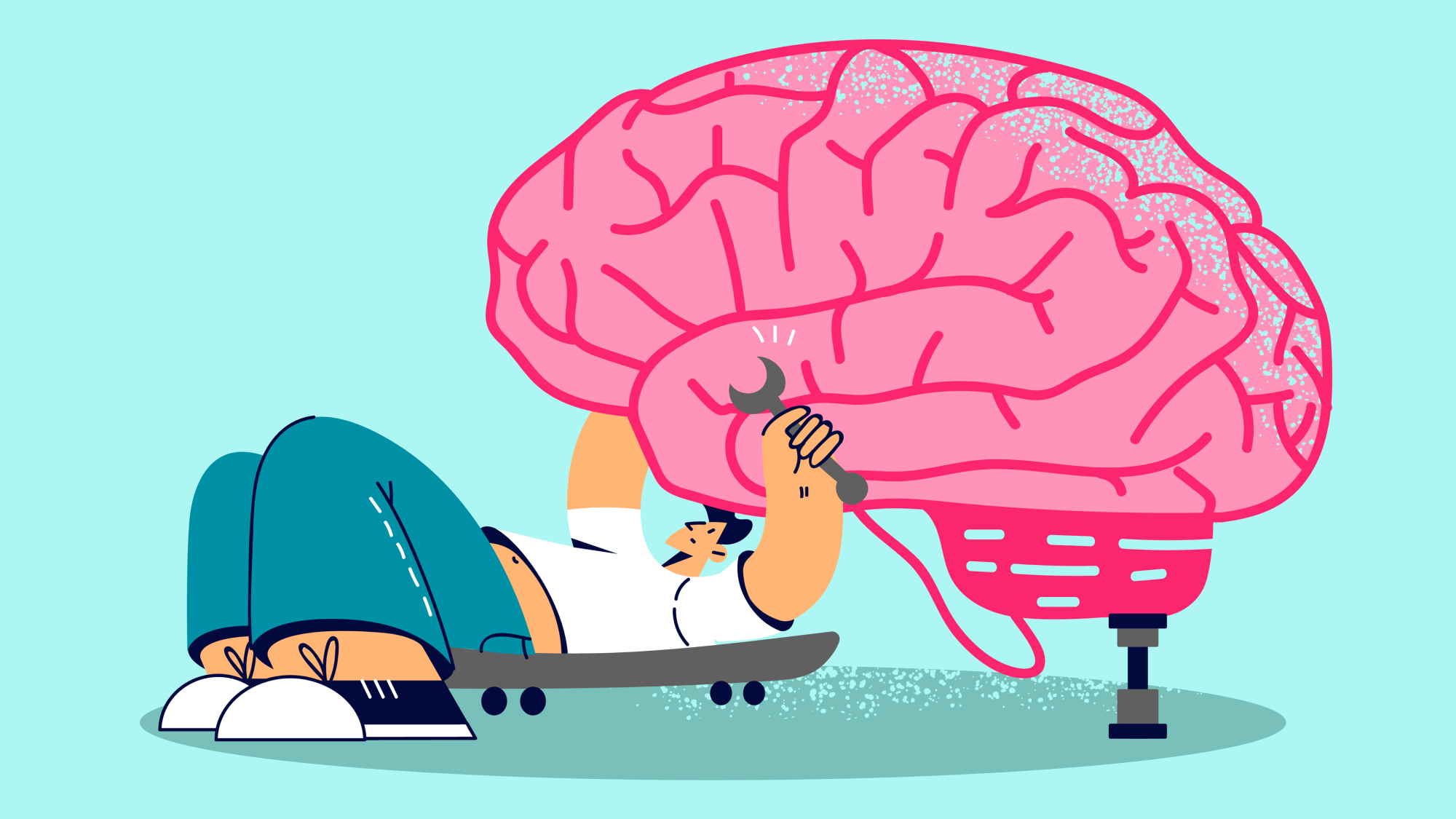
Did you know that you can change your brain to feel better and be healthier? This is called neuroplasticity. It means that your brain can change and improve itself, even when you are old.
Neuroplasticity happens when you have new experiences, learn new things, or feel new emotions. With neuroplasticity, you can stop suffering, heal from illness, and feel better about yourself. You just need to train your brain to think differently. Modern neuroscience has proven that this is possible.
Brain cells continue to regenerate at any age
Did you know that your brain can keep growing new cells and making new connections even when you are old? It means that your brain can change and improve itself. Many people have starting taking nootropics, substances that enhance cognition and memory and facilitates learning. For example, there are many augment brain function using these. Check out Qualia Mind Reviews.
Neuroplasticity happens when you have new experiences, learn new things, or feel new emotions. When you have new experiences, your brain grows new cells and makes new connections between them. This helps your brain stay healthy and helps you feel better about yourself.
Doctors can now see how your brain is changing. They use special machines called brain scanners, like MRI, PET, EEG, and MEG. These machines can show how your brain is changing when you have counseling or do brain exercises.
Neuroplasticity is a way to change your brain and feel better. It can help with many different kinds of problems, like OCD, eating disorders, fears and phobias, anxiety, depression, strokes, brain injuries, addictions, and obsessions. Neuroplasticity can also help with mental, emotional, spiritual, and even physical problems.
Neuroplasticity can have negative consequences
Neuroplasticity is when your brain changes itself. It can be good because it makes your brain more powerful and able to learn new things. But it can also be bad because it can make your brain more vulnerable to negative influences. This can lead to bad habits and problems.
For example, if you have negative thoughts about yourself or your environment, it can lead to eating disorders or addictions. If you have a demanding job that requires a lot of thinking, it can lead to bad habits like over-analyzing everything. Some cultures can also lead to negative behaviors based on religion or cultural views. All of these problems are caused by neuroplasticity.
Using neuroplasticity for best results
To use neuroplasticity to change your brain, you need to first understand what you want to change. This means figuring out what negative behaviors you want to get rid of or what positive habits you want to develop. The next step is to focus on a positive activity that can replace the negative behavior. It’s important to keep doing this activity, even if you don’t feel like it. The more you do it, the more you’ll want to do it. And the less you do it, the less you’ll want to do it. It’s also important to not give in to your feelings and just do the activity. This will help you get the best results from neuroplasticity, but a strong desire for change must be present.
Can anyone benefit from neuroplasticity?
Most people’s brains can be changed with neuroplasticity, but the amount of change can be different for each person. It depends on how much you want to change, how hard you work at it, if you have a supportive environment, and if you are healthy. Sometimes, if your brain has been damaged, it can be harder to change, but even badly damaged brains can still improve. It’s important to remember that it takes time and effort to change your brain with neuroplasticity, but it is possible for most people.
